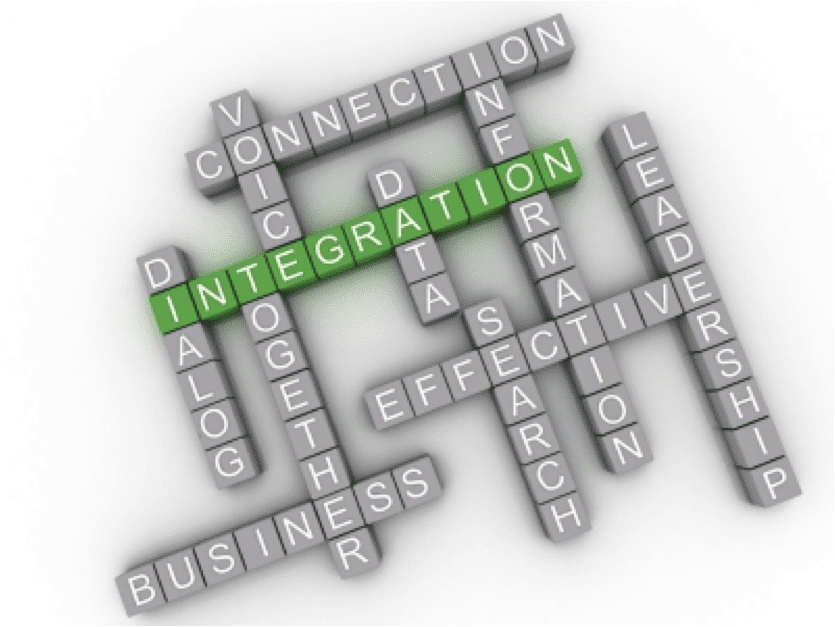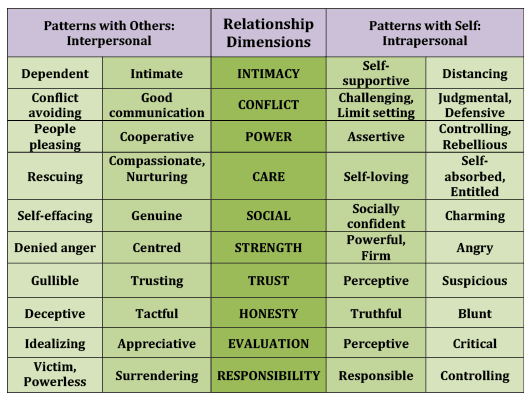This blog is one of a three-part series on the health impacts of integration (wholeness) in our self-esteem, relationships and ability to enact meaningful change in our lives.
To know oneself is to know life.
The ancient Greek and Egyptian aphorism “Know Thyself” was inscribed on the Temple of Apollo at Delphi and interpreted by Plato (428-348 BC) as symbolizing this truth — when we know ourselves we know what it is to be human.
Others later interpreted it to mean “know thyself, and you are going to know the gods.” Even more recent others, such as Bruce Lee, further explained it as “All knowledge is self-knowledge” implying that to know oneself is to know all of life. As a proponent of the last interpretation, I recognize self-knowledge or conscious awareness of oneself (enlightenment) is a challenging practice to undertake.
There are three things extremely hard: steel, a diamond, and to know
one’s self. Benjamin Franklin
Franklin is right. Spotting our unconscious habits — thoughts, speech and behaviours — is difficult work. However, when we do, we can increase our self-awareness and ability to alter those habits. Thus, if we can identify the habitual relationship patterns we employ, we can then answer the question, “Do I want to be/act this way?”
It is important to remind ourselves that when we use self-identification to directly confront ourselves, our ego is often triggered and then sabotages how we perceive the situation. What is usually required is a back-door awareness tactic to trick us into not reacting from an unconscious negative habit. One means of achieving greater honesty and awareness is through consciously creating an inventory of your strengths and limitations, which is the purpose of the relationship tool below.
To help you bring your relationship patterns into consciousness, you will identify how you are with others as well as how you are with yourself. For each relationship dimension (i.e., INTIMACY), circle the two responses (one from the Patterns With Others columns; one from the Patterns With Self columns) that most accurately represent how you currently respond in the majority of circumstances.
Notice where most of your circles occur — in the more conscious columns closest to the dimension OR in the less conscious columns farthest from the dimension.
The reason for circling two patterns for each relationship dimension is because relationship health is an integration of two complementary skill sets — interpersonal and intrapersonal. Our ability to interact with others in positive, healthy ways combined with our ability to enact self-health is reflected by the inner two “pattern” columns on either side of the dimension.
Note your interpersonal strengths as reflected by what you circled in the inner two columns. If it helps your understanding, rank order your top five strengths on a piece of paper using the words that most accurately represent you today.
The outer two columns reflect less healthy response patterns and are likely where one’s awareness is challenged by an inner desire to not act in those ways. Rather than avoid considering these outer limits entirely, ask yourself these two questions:
- Which of these unhealthier patterns have I conquered?
- Which of these unhealthy patterns still has a hold on me?
By owning the unhealthy pattern, we move it into our consciousness and make it available for change. To begin changing the unhealthy pattern, ask yourself these questions:
- Why does this pattern still have a hold on me?
- How would I like to be instead?
- What one action can I take to start this change?
Owning our unhealthy ways in relationships, makes it possible to shift into healthy thoughts, words and behaviours, which then creates an energetic shift inside — from suppressing and avoiding to opening and expanding. From this new expansive energy, we are more likely to receive insights and understand at a deeper level what is necessary for healthier relations. Compassion and empathy naturally emerge as a result of deeper understanding, and of course, new strategies follow.
For more on self-awareness and healthy relationship strategies, click here.






